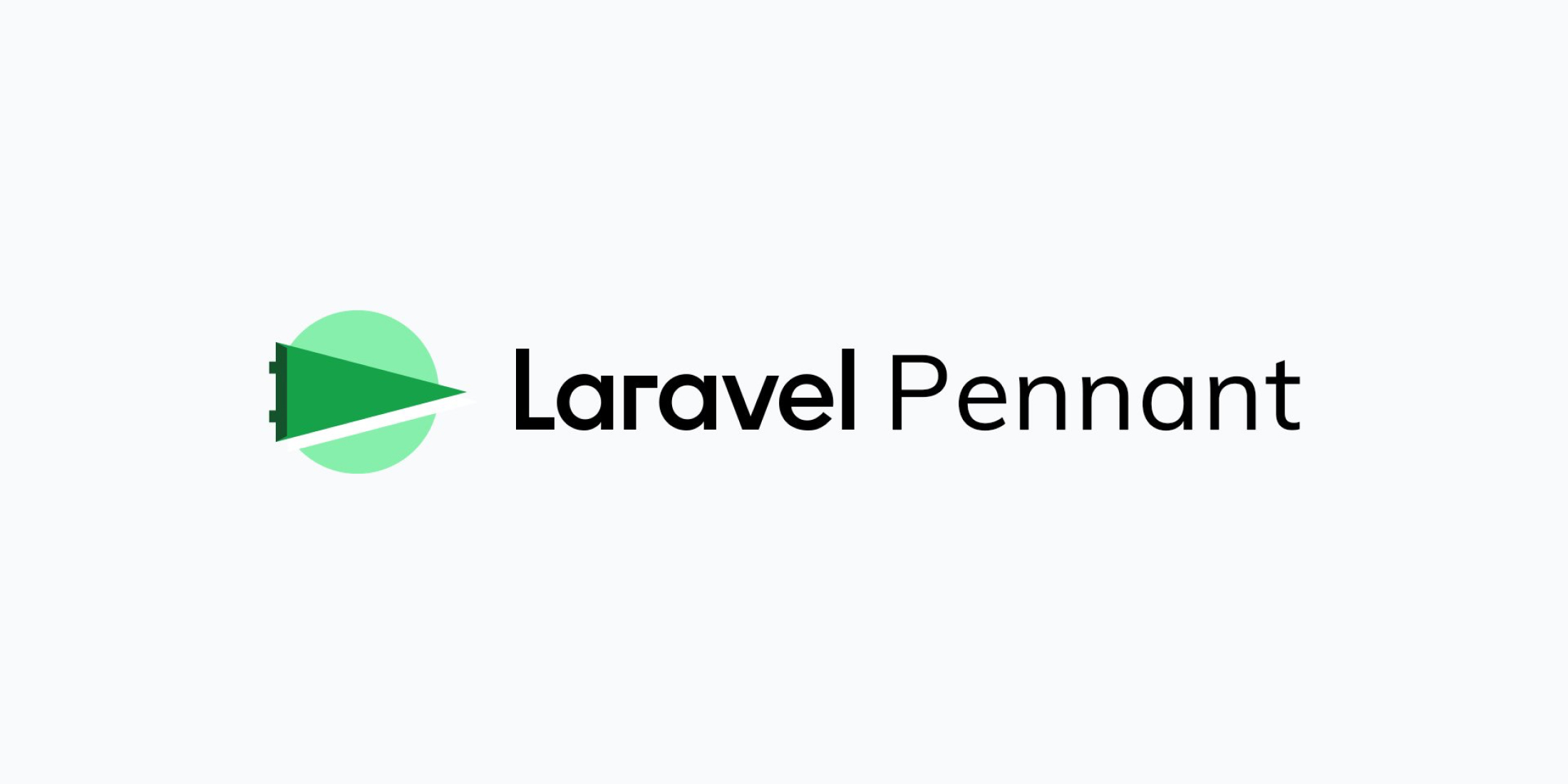Summary
- Introduction
- Installation
- Configuration
- Setting Up A Feature
- Conclusion
1. Introduction
Feature tags provide a flexible mechanism for categorizing and managing application features based on tags. You can easily enable or disable specific functionality based on a specific logic. This is particularly useful for gradual feature rollouts or experimentation. Laravel 10 brings a new feature called Laravel Pennant. Now we can control the access to features by using Feature Tags easily.
2. Installation
Install the package
composer require laravel/pennant
Publish the configuration and migration
php artisan vendor:publish --provider="Laravel\Pennant\PennantServiceProvider"
Run the migrations
php artisan migrate
3. Configuration
In the config/pennant.php, we can change the value for the PENNANT_STORE. The default values is database, but you need to be aware that if you use database you’ll need to handle it every time the permission for any user has changed. For this post I’ll use array, because when the permission changes, it applies automatically since it resolves the permission in runtime.
'default' => env('PENNANT_STORE', 'array'),4. Setting Up A Feature
Supposing we want to create a feature only for premium users, called TopSellerProducts.
Feature
Create the class for handling the feature
php artisan pennant:feature TopSellerProducts
Put the code into the resolve method to determine if a user can access this feature. For this example, we’ll check if the user is a premium user. But another very common use for feature tags is roll out new features available only for admins. For this case, we’d only change the rule for return $user->isAdmin() and when the feature is tested and approved we’d change the rule to all the user can access it:
<?php
namespace App\Features;
class TopSellerProducts
{
public function resolve(User $user): mixed
{
return $user->isPremium();
}
}Model
Since we’re going to check if the User has permission for that feature, we can add a Trait to User model, to make easier to check if they can access the feature:
<?php
namespace App\Models;
use Illuminate\Foundation\Auth\User as Authenticatable;
use Laravel\Pennant\Concerns\HasFeatures;
class User extends Authenticatable
{
use HasFeatures;
public function isPremium(): bool
{
return (bool) $this->is_premium;
}
}Policy
We can create a policy for Product, checking if the authenticated user has permission to access that feature:
<?php
namespace App\Policies;
class ProductPolicy
{
public function topSellerProducts(User $user): mixed
{
return $user->features()?->active(TopSellerProducts::class);
}
}Controller
And now, in the Controller, we can use the method authorize, to determine if the authenticated User can access this endpoint to list the top seller products:
<?php
namespace App\Http\Controllers;
use App\Models\Product;
use Illuminate\Http\Request;
class TopSellersProductsController extends Controller
{
public function index(Request $request)
{
$this->authorize('topSellerProducts', Product::class);
return response()->json(Product::topSellersProducts())
}
}Route
For our route we’re gonna have a GET endpoint to list the top seller products.
<?php
use App\Http\Controllers;
use Illuminate\Support\Facades\Route;
Route::get('/products/top-sellers', [Controllers\TopSellersProductsController::class, 'index'])->name('products.top-sellers');
5. Conclusion
feature tags in Laravel bring a new level of flexibility and control to your application development workflow. With feature tags, you can categorize and manage your application’s features based on specific permissions and rules, allowing you to enable or disable functionality dynamically without modifying the codebase, even the database if you use array as the default storage. This capability is particularly valuable for gradual feature rollouts and experimentation, and for segmentation.
You can checkout the documentation here => Laravel Pennant.
I strongly recommend you read this post about How To Create Better PDFs With Laravel Easily.
Share this content:
